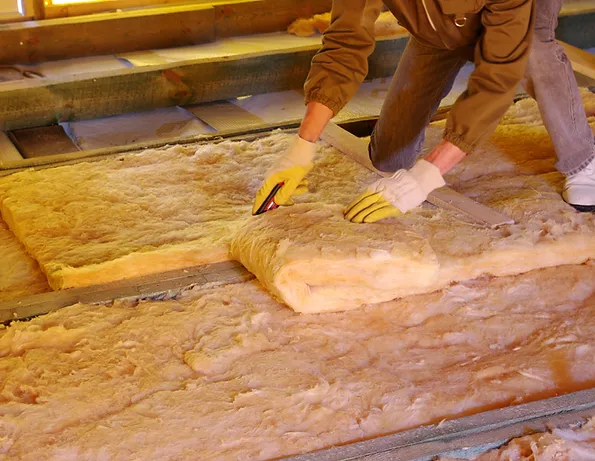
Ask Eco Subs about wool cavity wall insulation
Are you looking for ways to bring costs of your expensive energy bills down? Wool cavity wall insulation can save you time, and money by reducing heat loss and increase the value of your property all in one. Speak to Eco Subs to find out more.
What’s a cavity wall and how do I know if I have them?
A cavity wall is made of two separate thin walls which are usually built of brick and known as ‘skins’ or ‘leaves’ with a gap (or cavity) between them. They’re usually held together by metal wall ties. Walls which are more than ten inches thick are probably cavity walls. If your property was built in the last twenty years, there is a very good chance your home has cavities in the walls, which are probably empty and could use insulation.
The advantages of adding cavity wall insulation:

You should consider cavity wall insulation if:

What makes wool so good for insulation?
Better known as mineral wool, this material is sort of injected into the cavity wall by drilling small holes in the external wall. It works like a traditional form of insulation where air is trapped into the mineral wool to regulate temperature. There are many ways to install it between the joists simply because of the array placement options it offers.




